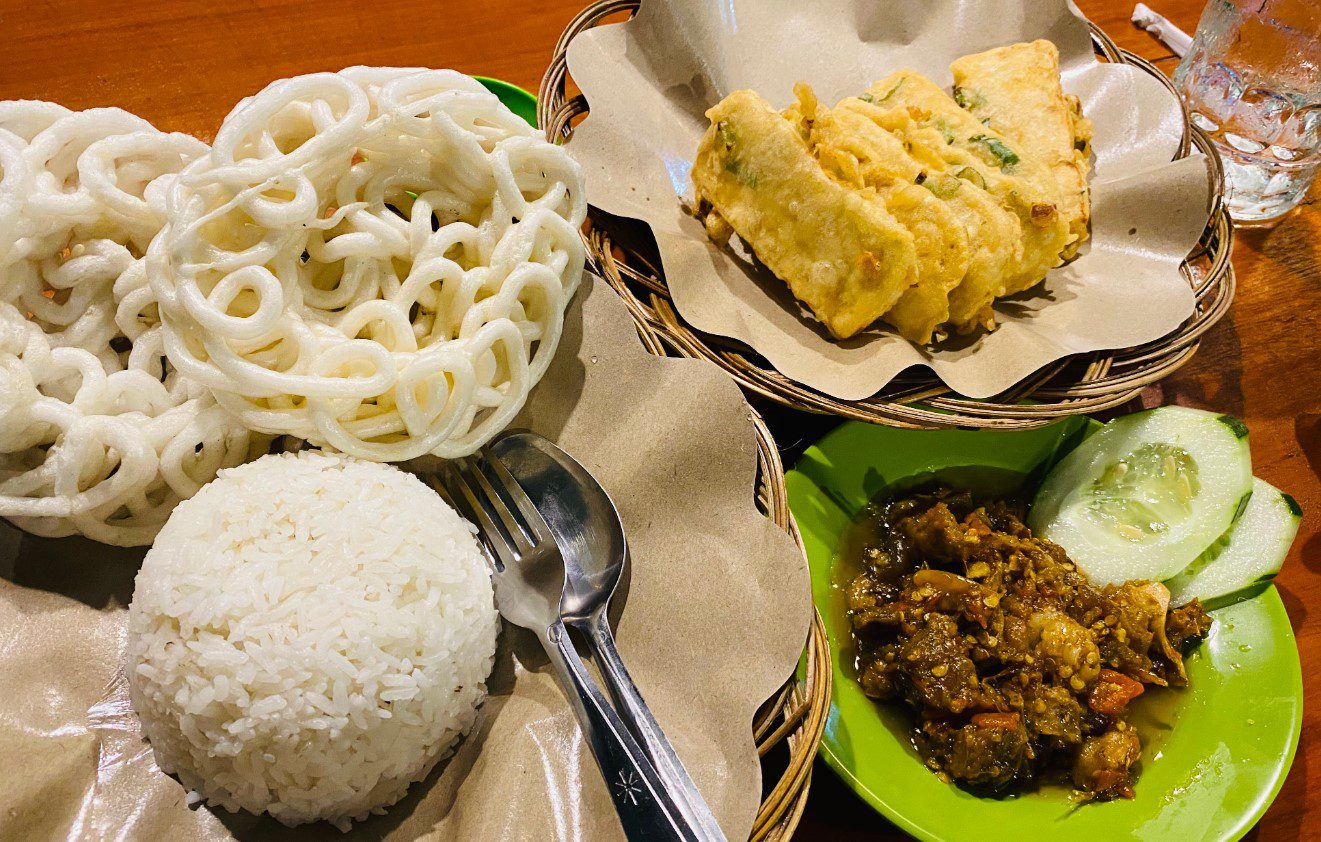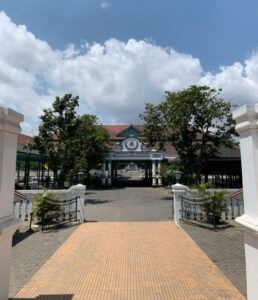Visiting Jogja won’t be worth it if you don’t try the typical menu. The following are typical Yogyakarta culinary foods that you must try.
Yogyakarta is famous for its delicious typical food. In Jogja, tourists will find many typical Yogyakarta culinary delights which of course have delicious tastes. Below are some typical Yogyakarta culinary foods that you must try.
1. Gudeg
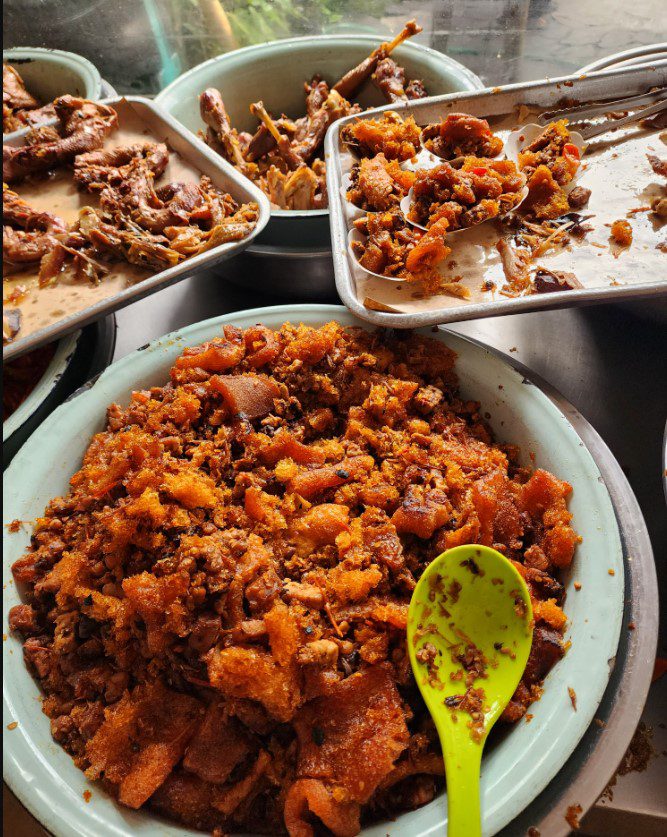
The first typical Yogyakarta culinary food is Gudeg. Who doesn’t know this typical Jogja food?
Gudeg has a sweet taste even if you eat it with rice or as a side dish. Gudeg is a typical Yogyakarta food made from young jackfruit cooked with coconut milk and various spices. Usually served with rice, eggs, chicken, tofu and krecek chili sauce.
Gudeg is the main culinary icon of the Special Region of Yogyakarta. The name “gudeg” comes from the Javanese term “hangudek,” which means ‘stirring process’.
As a typical Yogyakarta dish, gudeg is often chosen as a souvenir. As time goes by, gudeg packaging is becoming more varied.
Some are packaged using baskets, banana leaves, cardboard and kendil. Apart from that, considering that gudeg is a dish that easily spoils, the idea emerged to conserve gudeg in the form of canned food so that it can last longer.
2. Oseng Mercon
The second typical Yogyakarta culinary food is Oseng Mercon. Oseng Mercon is a spicy stir-fried dish made from ingredients such as meat, tofu or tempeh, with distinctive spicy spices.
Oseng mercon is made from beef tetelan or koyor, which is cooked by stir-frying or sautéing. This beef tetelan is then served with spices and added cayenne pepper which makes it very spicy.
Apart from using meat pellets, stir-fried firecrackers also mix other ingredients such as chicken, offal, liver, gizzards and pebbles. Stir-fried firecrackers should not be consumed alone because the level of spiciness can potentially harm your health, so it is best served with white rice. Don’t forget to choose drinks that can relieve the spicy taste in your mouth.
3. Tengkleng Gajah
The next typical Yogyakarta culinary food is Tengkleng Gajah. This Tengkleng Gajah is not, as the name suggests, made from elephants, but because this food has large portions with elephant portions.
This typical Yogyakarta dish is processed goat meat bones which have large dimensions, so it is nicknamed Tengkleng Gajah. The goat bones served in tengkleng are still attached to several pieces of meat, including the marrow hidden in the bones.
4. Belalang Goreng
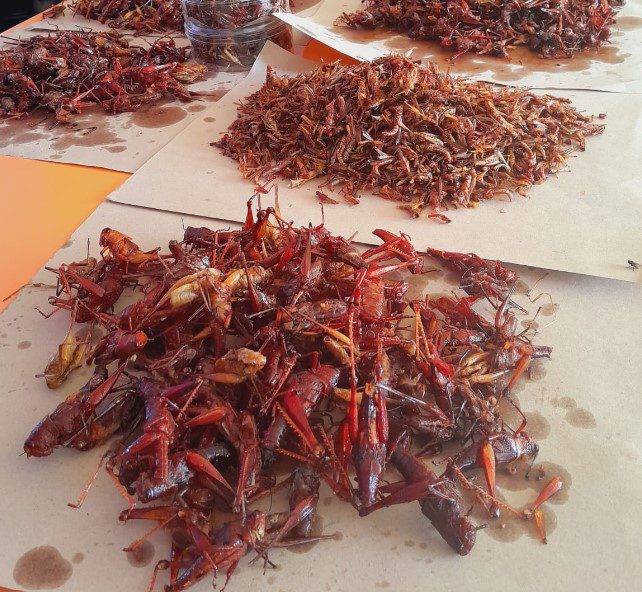
The fourth typical Yogyakarta culinary food is Belalang Goreng. Belalang Goreng, or walang goreng, are one of Yogyakarta’s unique culinary delights that are unique and quite extreme to try. This food is made from grasshoppers that are fried until dry and has a crunchy texture when eaten.
Even though it sounds unusual, this food is often used as a souvenir from Yogyakarta after vacation. This food can be used as a snack or enjoyed with warm rice.
5. Gatot
The fifth typical Yogyakarta culinary food is Gatot. Gatot is quite unique because it has a delicious taste. Before serving, gatot, which is made from cassava, is peeled and then dried in the sun to dry.
Gatot itself is an unprocessed leftover material from the tiwul making process. Both tiwul and gatot are made from native cassava which grows in the Gunungkidul area which has a dry climate.
6. Tiwul
The sixth typical Yogyakarta culinary food is Tiwul. Tiwul comes from Gunungkidul, Yogyakarta. This rice substitute food is made from cassava and appeared during the Japanese colonial period. At that time, the high price of rice made it difficult for people to buy it, so innovation emerged in the form of a rice substitute menu known as tiwul.
7. Berongkos
The seventh typical Yogyakarta culinary food is Berongkos. Berongkos is a vegetable dish made from beef, especially the brisket which comes from the lower chest, around the armpits.
The uniqueness of this dish lies in the use of keluak as a seasoning, which gives the vegetable a dark color and special aroma. Brongkos is a well-known culinary delicacy in Yogyakarta, with a black sauce due to the mixture of kluwak and coconut milk.
Usually, brongkos is served with warm rice. Brongkos vegetables can be filled with cowpeas, tofu, eggs, and koyor, which can be customized according to the buyer’s wishes.
This traditional Yogyakarta culinary dish has a savory taste combined with the spicy taste of cayenne pepper which is left whole during the cooking process. Apart from being served with rice, brongkos is also often accompanied by additional side dishes such as fried tempeh, perkedel, peyek, karak crackers, and various other side dishes.
8. Kipo
The eighth typical Yogyakarta culinary food is Kipo which comes from Kota Gede, Yogyakarta. Kipo is a food that is small in shape and green in color, but provides a delicious taste sensation with a combination of sweet and savory flavors resulting from a mixture of sugar and coconut as the contents.
9. Geplak
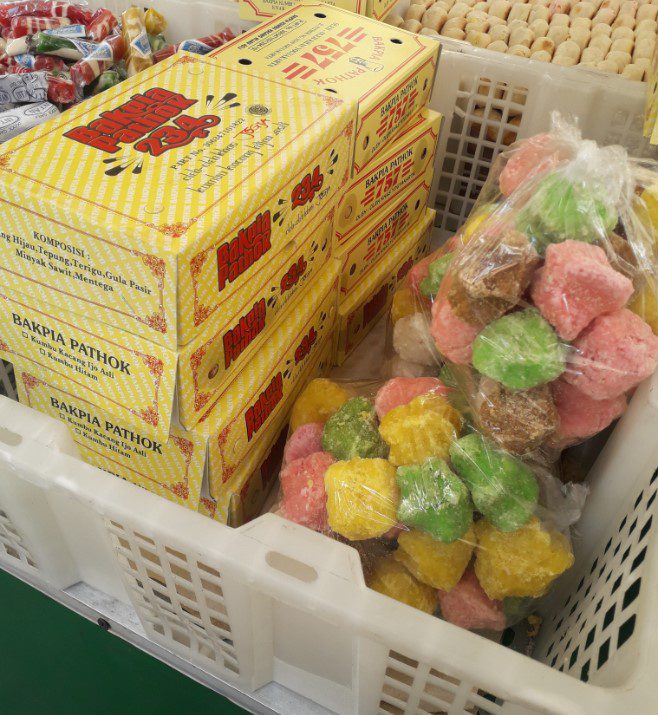
The ninth typical Yogyakarta culinary food is Geplak which is made from a mixture of cane sugar, coconut and rice flour. This geplak initially had a white color, but over time, the color of the geplak varied with different colors. This food is often found in the Bantul area.
10. Sate Klatak
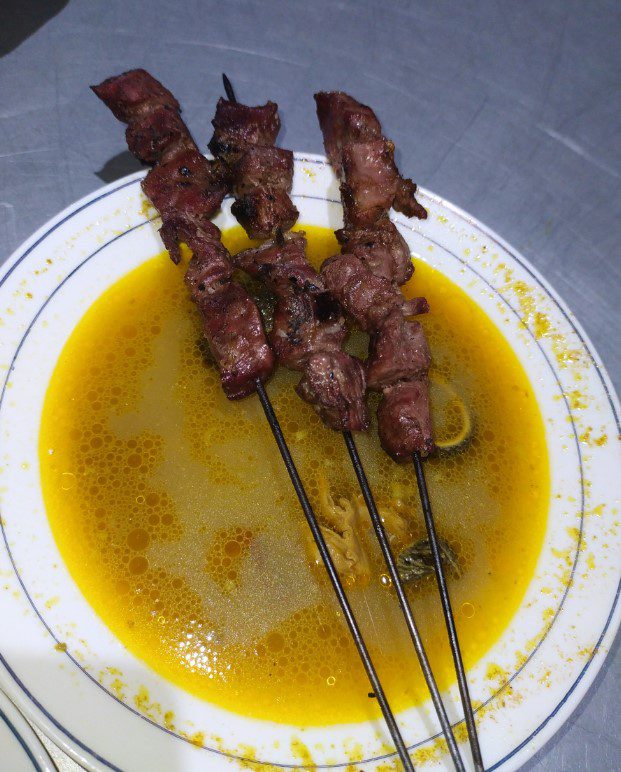
Typical Yogyakarta culinary food is Klatak satay. Sate Klatak is satay made from young goat meat grilled in a special way. It tastes delicious and distinctive.
Klatak satay is made from goat meat seasoned with various spices, then skewered using iron bars instead of ordinary skewers made from bamboo.
Sate klatak is considered a unique Yogyakarta specialty because it uses iron spokes from bicycle wheels for punctures. The choice of iron bars is considered capable of conveying heat evenly, thereby ensuring that the meat is perfectly cooked during the grilling process.
Another uniqueness lies in the spices used. Unlike meat satay which is generally seasoned with various spices, klatak satay only uses salt and a little coriander. Klatak satay is usually served with rice, curry sauce, or soy sauce and pieces of cayenne pepper.
11.Yangko
The next typical Yogyakarta culinary food is Yangko which has a sweet and savory taste. Initially, this cake was called kiyangko, but because it was difficult for Javanese to pronounce, it eventually evolved into yangko.
Yangko is made from sticky rice flour and coconut milk which is cooked by steaming and wrapping in oil paper.
12. Mie Lethek
The next typical Yogyakarta culinary food is Mie Lethek which has a slightly dull color. This food is usually cooked into scrambled noodles or fried noodles served with duck eggs or free-range chicken eggs, shredded chicken and a number of vegetables. Lethek noodles are usually consumed with rice to fill you up.
13. Sate Kere
The next typical Yogyakarta culinary food is Sate Kere. This food is made from beef kopyor or beef lek part which is processed with special spices, so that when baked it produces an appetizing aroma. Apart from the tempting aroma, the taste of the meat is no less delicious.
In Jogja, there are several famous places that serve kere satay, one of which can be enjoyed at Beringharjo market. Even though it is only on the edge of the market, sate kere is always eagerly awaited by its fans.
14. Mangut Lele
The next typical Yogyakarta culinary food is mangut Lele. Mangut lele is a dish prepared with savory coconut milk and makes it a delicious side dish to relieve hunger.
Jogja’s typical Mangut Lele is prepared by smoking it first before cooking. In this way, the distinctive aroma and chewy texture of the catfish is maintained, even after being cooked with coconut milk and mangut spices.
15. Bakmi Jawa
The next typical Yogyakarta culinary food is Bakmi Jawa. Bakmi Jawa is a typical Javanese style fried noodle with special spices and sliced vegetables. Usually served with pieces of chicken or beef.
The uniqueness of Bakmi Jawa is that the noodles in Bakmi Jawa are larger than the noodles in other noodles.
In one bowl of Javanese noodles, there are slices of cauliflower and large pieces of chicken meat. A portion of Javanese noodles is also accompanied by fried onions to enhance the delicious aroma.
The process of making Javanese noodles is quite unique because it is cooked using the traditional method using charcoal.
16. Bakpia
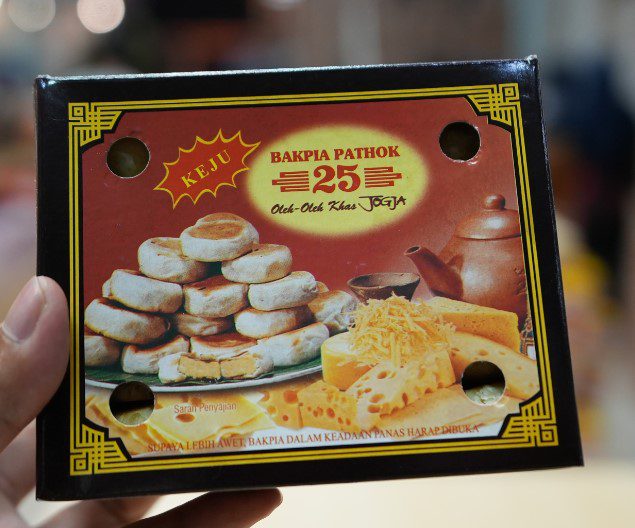
The last typical Yogyakarta culinary food is Bakpia. This bakpia has a flat shape made from a mixture of green beans and sugar which is wrapped in flour and then baked. The taste of Bakpia is sweet.
This bakpia is often sought after by tourists as a souvenir. The delicious sweet taste and crunchy texture make this bakpia very popular with visitors. There are various flavors of bakpia available, from green beans, chocolate, cheese, to durian.
That’s all the information about typical Yogyakarta culinary foods. Hopefully the information provided can be useful and add insight to readers.
If you want to go on holiday to Yogyakarta and are confused about having a guide, you can trust Yogyakartatour as a fun holiday solution.

